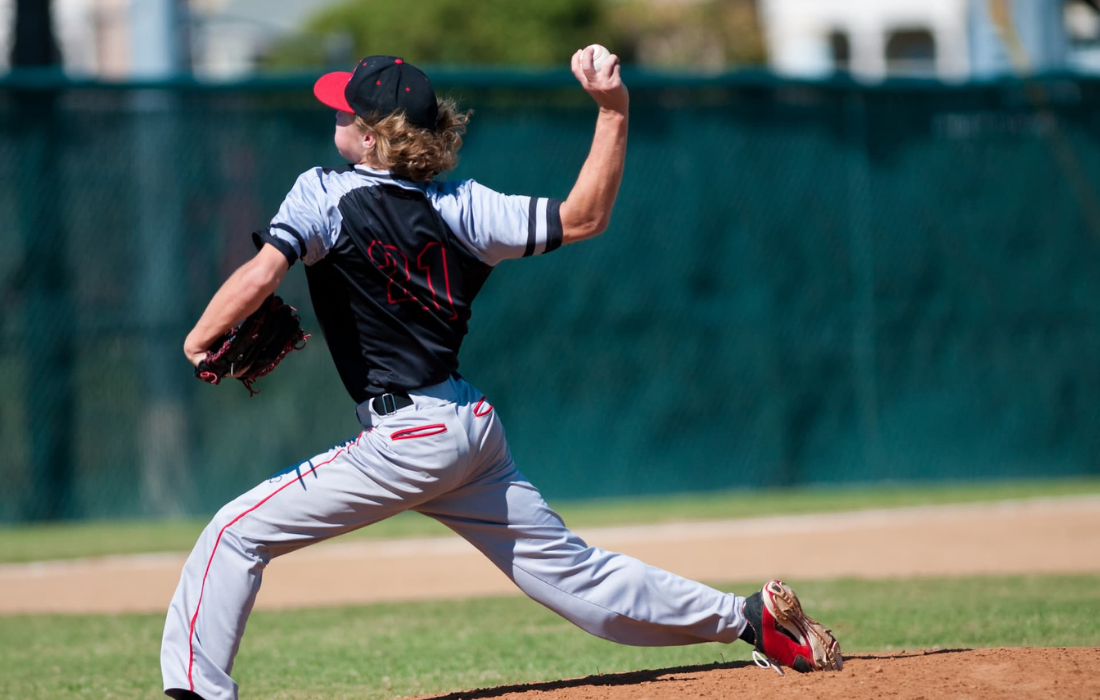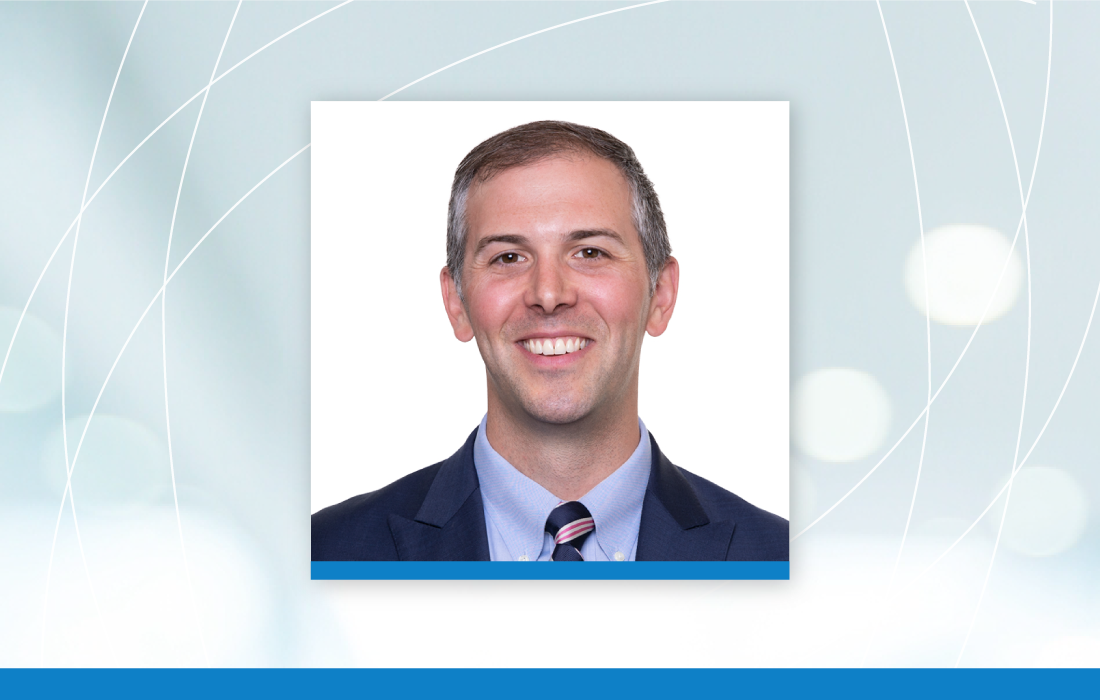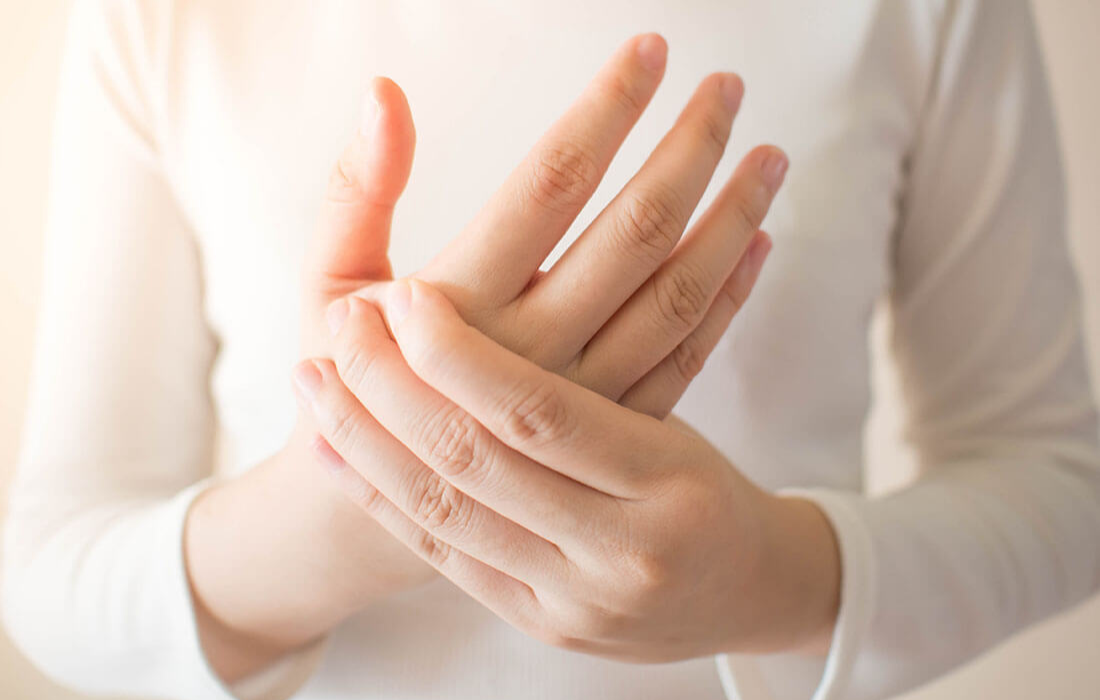Elbow injuries can often cause significant pain and discomfort, and can lead to long-term damage of the elbow joint and surrounding tissues if left untreated. Many elbow injuries occur while playing sports as well as from wear and tear or overuse of the joint.
University Orthopaedic Associates (UOA) is home to a highly experienced team of hand and upper extremity specialists who can treat a wide range of elbow injuries. Here’s a look at some of the most common elbow injuries and how to request an appointment with UOA if you need treatment.
Tennis Elbow (Lateral Epicondylitis)
Tennis elbow, or lateral epicondylitis, is characterized by pain or soreness that is felt on the outer part of the elbow. It is usually caused by strain from activities that involve repeated gripping or wrist extension, such as racket sports like tennis and badminton and activities like painting and cooking.
Symptoms of tennis elbow include:
- Elbow pain that becomes worse over time
- Weakened grip
- Pain or soreness that radiates from the outer part of the elbow to the forearm and back of the hand when gripping or twisting objects
Treatments for tennis elbow may include:
- Rest, ice, compression and elevation (RICE)
- Over-the-counter (OTC) pain medication
- Physical/occupational therapy
- Braces, straps or splints
- Corticosteroid injections
- Surgery, to remove and/ or repair the damaged part of the tendon
- Prolotherapy injections
- Ultrasonic tenotomy
Golfer’s Elbow (Medial Epicondylitis)
Golfer’s elbow, for which the medical term is medial epicondylitis, is characterized by pain or soreness on the inner part of the elbow. It is usually caused by repetitive use or overuse of the tendons near this part of the elbow or by practicing improper form while doing certain activities. Sports and activities linked to golfer’s elbow include golf, racquet sports, painting and typing.
Symptoms of golfer’s elbow include:
- Pain in the elbow that radiates from the inner part of the forearm to the wrist, on the same side as the pinky finger
- Weakened grip
- Pain when shaking hands
- Pain when flexing the wrist with palm side down
- Numbness and tingling from the elbow to the ring and pinky fingers
Treatments for golfer’s elbow may include:
- RICE
- OTC pain medicines
- Exercises that focus on strengthening muscles in the forearms
- Surgery to remove damaged tissues when golfer’s elbow does not respond to other treatments
- Corticosteroid injections
Bursitis of the Elbow (Olecranon Bursitis)
Also known as Olecranon bursitis, bursitis of the elbow occurs when the fluid-filled sac (bursa) between the ulna and the skin becomes irritated and inflamed due to overuse. It may also be caused by conditions including rheumatoid arthritis, gout, diabetes and obesity.
Symptoms of Olecranon bursitis include:
- Swelling of the back of the elbow
- Soreness or tenderness at the injury site
- Warmth or redness near the affected area
- Moderate restriction of end-range of motion in the elbow
Treatments for bursitis of the elbow may include:
- RICE
- Draining of the bursa
- Corticosteroid injections
- Anti-inflammatory medicine
- Physical therapy
- Surgery
Elbow Tendonitis
Elbow tendonitis is a condition in which the tendons surrounding the elbow become swollen, irritated and/or inflamed. It is usually caused by overuse or an injury to the elbow or forearm, such as that which may occur during activities including swimming, tennis and pitching.
Symptoms of elbow tendonitis include:
- Pain and tenderness along a tendon near the elbow
- Elbow pain that occurs at night
- Elbow pain that becomes worse with movement or activity
- Elbow stiffness upon waking
Treatments for elbow tendonitis may include:
- RICE
- OTC pain medicines
- Compression brace
- Physical therapy
- Surgery, to remove inflamed tissues surrounding the tendon
Elbow Fracture
An elbow fracture, or broken elbow, occurs when the tip of the elbow becomes fractured. This injury is usually caused by a direct blow to the elbow or from falling on an outstretched hand.
Symptoms of an elbow fracture include:
- Sharp, intense pain in the elbow and/or forearm
- Swelling and tenderness around the elbow
- Difficulty with extending or rotating the arm
Treatments for an elbow fracture may include:
- RICE
- OTC pain medicines
- Physical therapy
- Splint or cast
- Surgery to repair the fracture and reconstruct tendons and ligaments
Cubital Tunnel Syndrome
Also known as ulnar nerve entrapment, cubital tunnel syndrome occurs when the ulnar nerve in the elbow is pinched or compressed to cause pain and inflammation that radiates down the forearm and into the ring and pinky fingers. This injury may be caused by a blow to the elbow or from frequently bending or leaning on the elbows, such as during sleep.
Symptoms of cubital tunnel syndrome include:
- Numbness and tingling in the ring and pinky fingers
- Weakness in the affected hand and fingers
- Inability to straighten the fingers
- Sharp, sudden pain in the elbow when touched
- Weakened grip
- Shrinking of the hand muscles
Treatments for ulnar nerve entrapment may include:
- Changes in elbow posture, to avoid placing pressure on the elbow
- Splint, to stabilize the elbow and prevent over-bending
- OTC pain medicines
- Surgery, to decompress the ulnar nerve
Ulnar Collateral Ligament Tear (Tommy John Injury)
The ulnar collateral ligament (UCL) provides stability to the elbow joint. It is located on the inner part of the elbow, where it connects the ulna to the humerus. A UCL tear occurs when this ligament becomes torn or injured due to throwing with great force, such as when pitching a baseball or throwing a football or javelin.
Symptoms of a UCL tear include:
- Pain or soreness on the inner part of the elbow
- Swelling near the elbow
- An audible pop at the time of the injury
- Decrease in throwing power, location, and speed
A UCL tear is also known as a Tommy John injury, named after a professional baseball player who suffered this same injury in 1974. Treatments for a UCL tear may include:
- RICE
- Physical therapy
- Splint
- Surgery, to repair or reconstruct the UCL (known as Tommy John surgery)
University Orthopaedic Associates offers a wide range of orthopaedic services, including treatments for elbow injuries and injuries of the hands and upper extremities. Contact UOA today at (732) 537-0909 to request an appointment if you need treatment for an orthopaedic injury.




